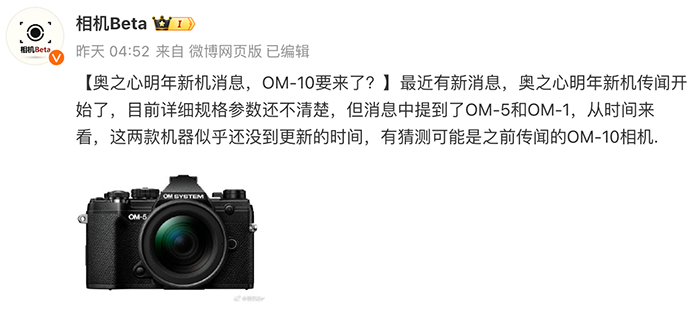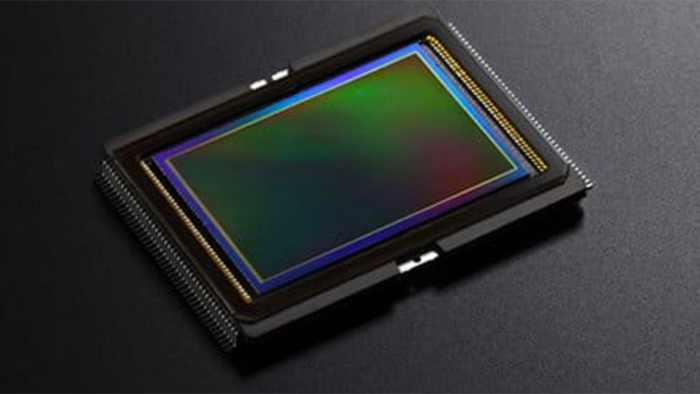UPDATED: Also the GF1 has been hacked! It can do 1080p -> GF1 video samples (32Mbit)!!!
UPDATE: The GH1 hack also works for the Panasonic GF1Panasonic GF1Panasonic GF1Panasonic GF1Panasonic GF1
Panasonic GF1Panasonic GF1
Panasonic GF1
Panasonic GF1Panasonic GF1
Panasonic GF1
Panasonic GF1
Panasonic GF1
!!! The video above has been shot with:
1920x1080p
29,970fps
32Mbit
lens:
Panasonic 20mm f/1.7
Panasonic 45-200mm
—-
And one more Panasonic GH1Panasonic GH1Panasonic GH1Panasonic GH1
Panasonic GH1
Panasonic GH1Panasonic GH1
Panasonic GH1
Panasonic GH1Panasonic GH1
Panasonic GH1
Panasonic GH1
Panasonic GH1
video sample has been posted on vimeo:
Tester13’s Firmware Hack test, before – after comparison from Gunther Machu on Vimeo.
Shot with kitlens at f8, 1/160 shutter, iso 100, manual in creative movie mode at 5300K. For MJPEG, the settings of Pappas (see thread MJPEG 70Mbits+ 1080p settings) were used, for AVCHD the “safe” settings indicated at the end were used (from jobless, see thread AVCHD high bitrate tests, mud free footage).
I tried to keep the pans at the same pace, but thats difficult. What is incredible, the MJPEG clearly shows a better resolution (I used just the 1440x1080p settings as my card is only class6), plus the AVCHD shows no mud and increased resolution (before, on low contrast scenes islands of unsharp areas could be seen), as can be clearly seen in the comparison (e.g. look at the shadow area right to the gardenhouse).



